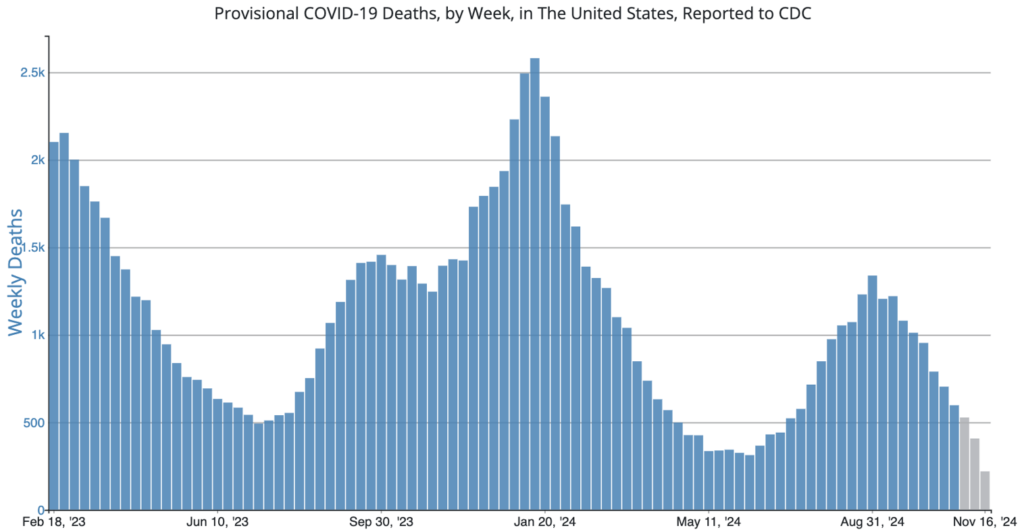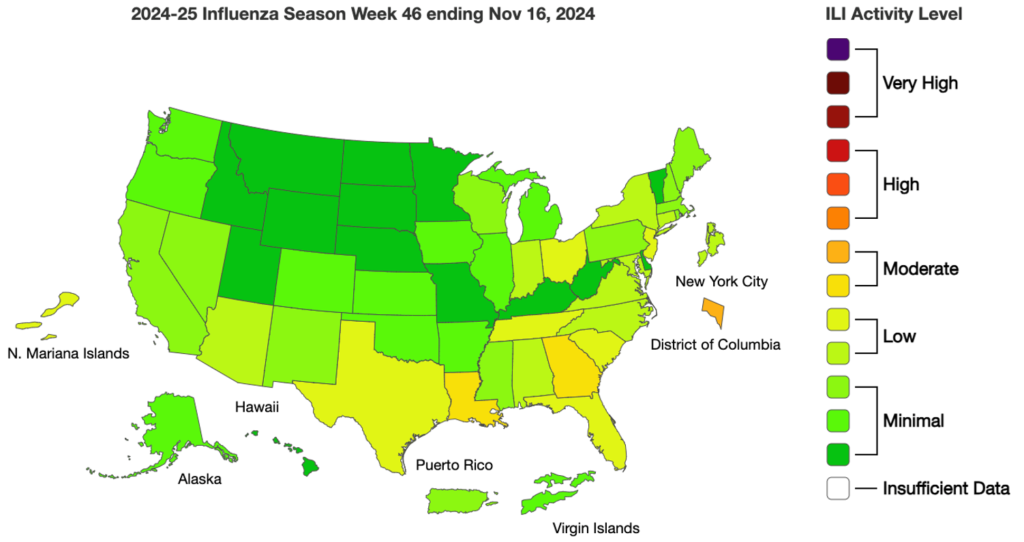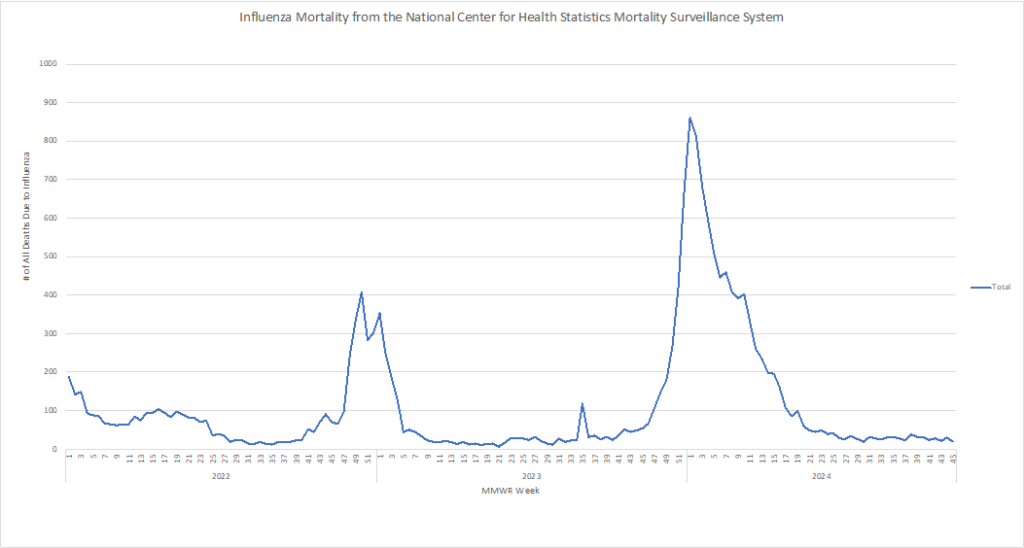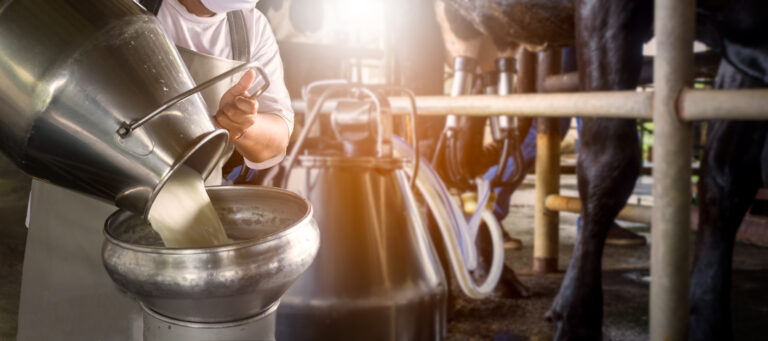With highly pathogenic avian influenza (HPAI) having been detected in raw milk, and a study showing transmission to mice, raising questions about the possible risk to humans, state health officials (and TAG) are continuing to recommend that “out of an abundance of caution” consumers not drink raw milk.
In the transmission study, mice that were given raw milk from H5N1-infected dairy cows, had high levels of the virus in respiratory organs, with lower levels in other organs. The study authors note that this suggests that raw milk consumption by animals “poses a risk for H5N1 infection and raises questions about its potential risk in humans.”
Officials with the Santa Clara County public health office in California who have been testing raw milk products from retail stores identified the virus in a sample purchased at a retail outlet last week. Although the test was positive for only H5, health officials say the finding is likely H5N1 as no other H5 bird flu viruses have been detected in dairy cows. The milk has been recalled, and there have been, thus far, no reports of associated illness. While unrelated to the recall, the CDC has confirmed a case of H5N1 in a child in California. It is the first reported avian influenza H5 virus infection in a child in the U.S. The child is recovering and the investigation into the possible exposure source is ongoing.
As discussed in a previous public health article, USDA APHIS is also enhancing its testing and monitoring for H5N1, implementing a tiered strategy to collect milk samples to better assess where H5N1 is present. The plan is to work with states and regions to first sample milk in bulk at the regional level, then conduct testing at the farm level, when necessary, until herds in an area are determined to be free of the virus.
With raw milk consumption having always been of potential risk to humans due to the lack of a kill step, the potential H5N1 transmission hazard increases that risk, leading TAG to continue to recommend against its consumption.
COVID Risk Matrix:

Influenza:


- CDC has published data on flu and COVID vaccine uptake for the 2024–25 season. As of November 9, 2024, an estimated 34.7% and 17.9% of adults aged ≥18 years had received influenza and COVID-19 vaccines, respectively. 31.6% of adults aged 60–74 years at increased risk for severe RSV disease had never received the RSV vaccine. Outreach is needed to encourage more vaccinations.
- Remember that 4 free at-home COVID tests can still be ordered by US households, at the https://covidtests.gov/ website.
- The CDC confirmed H5N1 avian flu in a California child who had no known exposure to infected animals – this marks the first child with H5 infection in the US. Additionally, another dairy farm worker in California has confirmed H5, making the state’s total 29 human cases of H5 avian flu since the first of the year.
- New Zealand health officials have declared a whooping cough epidemic; they state that babies are at highest risk. In the past four weeks, there have been 263 cases – the highest number of cases over a month to date for all of 2024. Vaccination is encouraged.
- In Delhi India, there has been a huge rise in Hepatitis A cases, with many patients suffering liver failure, leading to the need for transplants. Water contamination, particularly after the monsoon, is a likely source of the outbreak.
- WHO has extended the mpox public health emergency of international concern (PHEIC).





